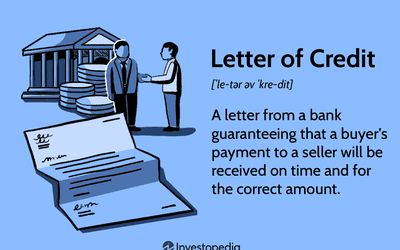Why Does Your Bank Need Email Verification?
Email verification is a fundamental security measure employed by banks and financial institutions to ensure the safety of your financial information and accounts. Here's why it's essential:
Identity Verification: Banks use email verification to confirm that you are the account holder. This helps prevent unauthorized access to your accounts.
Communication: Banks use email to send you important notifications, transaction alerts, and updates about your accounts.
Security Alerts: In cases of suspicious activities or potential security breaches, your bank may send you an email asking you to verify your identity or take action to secure your account.
Compliance: Financial regulations often require banks to confirm the identity of their customers through email verification.
Common Email Verification Practices by Banks
Banks typically employ the following email verification practices to ensure the security and authenticity of their communications:
Two-Factor Authentication (2FA): Many banks use 2FA via email to add an extra layer of security. This involves sending a one-time code to your email that you must enter to access your account.
Email Confirmation Links: When you perform certain actions like changing your password or updating your contact information, your bank may send an email with a confirmation link. Clicking this link verifies that you initiated the change.
Account Activity Alerts: Banks send email notifications for various account activities, such as large transactions, login attempts from unfamiliar devices, or changes to your personal information. These emails serve as alerts and may require action or verification.
Identity Verification Requests: In some cases, your bank may ask you to verify your identity by providing personal information through email. It's crucial to ensure that such requests are legitimate.
How to Verify Legitimate Emails from Your Bank
With phishing attempts becoming increasingly sophisticated, it's essential to know how to differentiate legitimate emails from potential scams. Here are some tips:
Check the Sender's Email Address: Examine the sender's email address carefully. Legitimate bank emails typically come from official domains (e.g., @bankname.com). Be cautious of misspelled domains or suspicious email addresses.
Look for Personalization: Banks often personalize emails with your name and relevant account information. Generic, impersonal emails may be a sign of a scam.
Avoid Clicking on Links: Instead of clicking on links in emails, manually type the bank's official website address into your browser or use a bookmark. Phishing emails may contain fraudulent links.
Beware of Urgent Requests: Scammers often create a sense of urgency to prompt immediate action. Be cautious if an email pressures you to act quickly.
Contact Your Bank: If you receive an email that appears suspicious, contact your bank directly using official contact information from their website or the back of your bank card. Do not use contact details provided in the suspicious email.
Commonly Asked Questions About Email Verification from Banks
1. What should I do if I receive an email from my bank asking for verification?
- Verify the sender's authenticity, and if you have doubts, contact your bank using official contact information to confirm the request's legitimacy.
2. Is it safe to click on links in emails from my bank?
- While most legitimate banks send links, exercise caution. Verify the sender's email address and the email's content before clicking any links.
3. What should I do if I suspect an email from my bank is a scam?
- Do not engage with the email. Contact your bank directly using official contact information and report the suspicious email.
4. Can I trust emails that ask for personal information for identity verification?
- Proceed with caution. Banks may request identity verification through email, but confirm the request's legitimacy with your bank before sharing personal information.
5. How can I enhance my email security when dealing with my bank?
- Enable two-factor authentication (2FA) for your bank account, regularly update your contact information with your bank, and keep your email account secure with a strong password.
In conclusion, email verification from your bank plays a crucial role in ensuring the security of your financial information and accounts. By understanding the common practices and how to identify legitimate emails, you can navigate the digital landscape with confidence, knowing that your bank is committed to protecting your financial interests.



